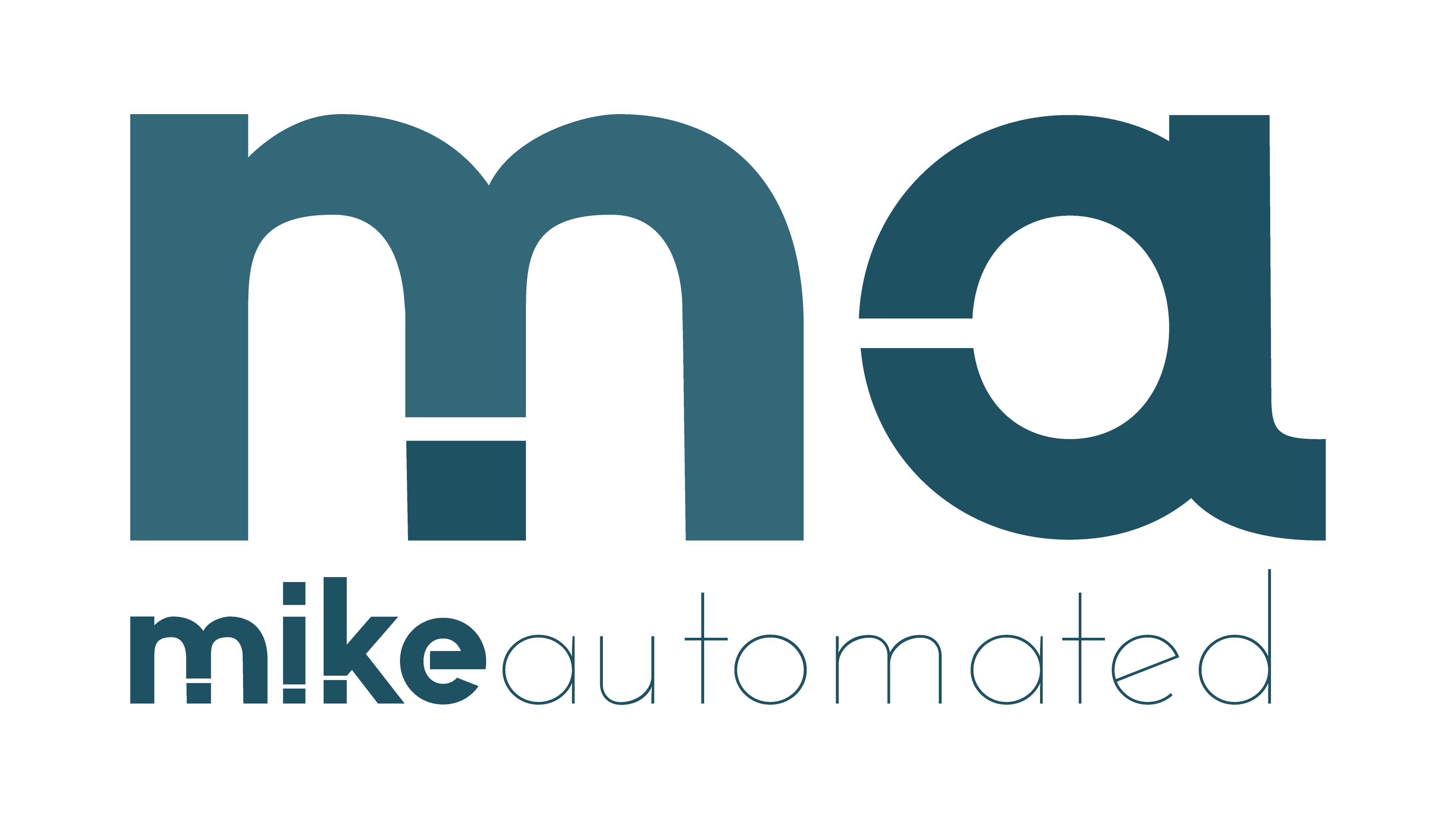TL;DR
- Strategic start: Treat automation as a roadmap, not a one-off project.
- Map first: Document current processes to reveal bottlenecks and handoffs.
- Design for governance: Establish standards, ownership, and measurable KPIs.
- Pilot, measure, scale: Run a controlled pilot, learn fast, and expand with confidence.
Automation is a strategic choice that changes how work gets done. A well-structured blueprint for workflow automation helps teams map tasks, remove repetitive steps, and track benefits in real time. This article offers a practical roadmap—from process mapping to scaling—so you can design workflows that are reliable, measurable, and adaptable to growth.
Whether you are modernizing a finance function, streamlining customer service, or aligning IT and operations, the goal is the same: reduce manual toil while increasing accuracy and speed. The content below blends workflow design, automation roadmap, and business process automation concepts to give you a clear path forward. For deeper dives on related topics, see internal resources like process design principles and KPIs for automation.
Blueprint for Workflow Automation: A Practical Framework
The core of any automation effort is a framework that translates business goals into repeatable, technical steps. Start with process mapping to visualize who does what, when, and with which systems. Then identify the automation opportunities that deliver the greatest gains in time, accuracy, and customer experience. This framework combines process design best practices with practical technology choices to create a scalable foundation.
In practice, you will alternate between documentation and experimentation. Map the current state, design the future state, and then test a small, controlled change. Each cycle should yield a tangible improvement—whether it is a 20% reduction in cycle time or a 30% drop in errors. The feedback loop is essential for continuous improvement and alignment with business outcomes.
Step 1: Map Current Processes
Begin with a clear picture of how work flows today. Use simple diagrams that show steps, owners, inputs, outputs, and decision points. Identify handoffs between teams and systems, since these are frequent sources of delay. Capture data on cycle time, rework, and error rates to establish a baseline.
Tools like process mapping templates or lightweight BPMN can help. Pair the visuals with a short narrative for each step: what happens, why it happens, and who approves the next action. This stage creates a shared understanding and reveals where automation can have the biggest impact.
Step 2: Identify Automation Opportunities
Review each step for automation potential. Prioritize by impact and feasibility—factors include frequency, volume, variability, and risk. Distinguish between rule-based tasks that machines can reliably perform and creative decisions that still require human judgment.
Consider opportunities across data collection, validation, routing, and notification. Map opportunities to measurable outcomes such as cycle time reduction, cost savings, or improved compliance. Use a simple scoring rubric to keep decisions objective and transparent.
Step 3: Choose Tooling and Architecture
Design a lean, modular architecture that supports growth. Start with a core automation stack for data integration, workflow orchestration, and task automation. Integrate with existing systems through APIs or low-code connectors to minimize disruption.
Decide on a mix of tools, such as robotic process automation (RPA) for UI-based tasks and business process automation platforms for process orchestration. Prioritize tools that offer governance features, role-based access, and audit trails. This helps you maintain control as automation expands across departments.
Step 4: Design for Governance and Change
Governance ensures consistency, security, and compliance. Define ownership for each automated task, establish change-management processes, and set standard operating procedures (SOPs) for exceptions. Create a decision log to capture why changes were made and who approved them.
Plan for data quality and metrics. Decide which KPIs you will monitor—cycle time, throughput, first-pass yield, and exception rates are common starting points. Build dashboards that keep stakeholders informed and accountable.
Roadmap: From Pilot to Scale
A practical automation journey moves from a controlled pilot to enterprise-wide adoption. The pilot validates assumptions, tests the integration of tools, and measures impact in a real-world setting. Use the results to refine the design and prepare for broader rollout.
During the pilot, choose a single process with clear owners and measurable outcomes. Limit concurrent changes to avoid confounding results. Maintain change control and document lessons learned to accelerate future implementations.
Pilot and Learn
Set a short timeline—typically 4–8 weeks—and define success criteria up front. Collect data on time saved, accuracy gains, and user satisfaction. Use early wins to build trust and demonstrate value to leadership.
Document how the automation operates, including error handling and escalation paths. Create a simple visual workflow that stakeholders can review, then iterate based on feedback. The pilot should produce both quantitative results and qualitative insights about user adoption.
Scale Across Teams
With a proven pilot, replicate the framework across departments. Standardize design patterns to reduce rework and accelerate delivery. Maintain a central governance layer to ensure consistency in naming conventions, exception handling, and security policies.
Invest in training and change management. Help teams understand how automation changes their roles and what new skills are required. Provide ongoing support and a clear path to evolve from task automation to process orchestration and optimization.
Practical Example: Finance Process Automation
Consider a mid-market company that automates accounts payable (AP). A mapped process map shows invoice receipt, validation, routing for approvals, and posting to the ERP. An automation stack connects to the ERP, email, and the document repository. The result is faster processing, fewer manual data entry errors, and improved supplier onboarding.
The project begins with a small sandbox of invoices, then expands to cover exceptions and escalations. The team tracks cycle time, cost per invoice, and exception rate as KPIs. Within a few months, the AP team sees a meaningful improvement in cash flow timing and audit readiness.
Common Pitfalls and How to Avoid Them
One common pitfall is automating without solid governance. Without ownership and standards, processes drift and security risks grow. Create a clear RACI (Responsible, Accountable, Consulted, Informed) for each automation and publish a living SOP set.
Another risk is failing to account for data quality. If inputs are inconsistent, automation can propagate errors. Build validation checks at the data entry point and implement exception handling that routes outliers to humans when needed.
Over-automation can create unnecessary complexity. Start small, measure impact, and gradually increase scope as you gain confidence. Use a cadence of quarterly reviews to retire or adjust automation that no longer adds value.
Visuals to Support Understanding
Visual ideas help teams grasp the plan quickly. A 4-phase infographic (Discovery, Design, Build, Deploy) can illustrate the lifecycle from process mapping to orchestration. Another useful visual is a decision tree showing which steps go to automation versus human review. A simple chart of before/after metrics communicates impact clearly.
Internal teams benefit from a live dashboard showing KPIs such as cycle time, throughput, and accuracy. A workflow diagram that links processes, owners, and systems makes roles explicit and reduces handoffs. For a quick reference, consider an automation checklist as a one-page guide for new projects.
What Good Looks Like: Indicators of a Mature Automation Program
A mature program displays steady improvements in cycle time and quality, with governance embedded in the core processes. Teams share a common language for describing automation components, from triggers and actions to data locales and exception handling. The program demonstrates adaptability by incorporating new technologies without sacrificing control.
To sustain momentum, align automation efforts with business goals and customer outcomes. Regularly re-prioritize backlog items based on real data, not intuition. Continual learning and cross-functional collaboration drive long-term success.
Conclusion: Your Next Steps
Start with a clear map of current processes, then design a focused automation initiative that delivers measurable value. Build a scalable architecture, establish governance, and run disciplined pilots. As you grow, expand from task automation to end-to-end process orchestration, guided by continuous learning and strong stakeholder alignment.
Remember that automation is a journey, not a single project. Use the blueprint for workflow automation approach as a living framework—iterate, measure, and refine. If you want to explore practical steps further, review related guides on process design principles and KPI measurement for automation, or consult our RPA resources for hands-on guidance.
Ready to start? Map one candidate process today, appoint a pilot owner, and set a 6-week target to validate impact. The next chapter of your business process automation journey begins with a single, well-scoped project.



